San Francisco Fed President Mary Daly told CNBC that monetary policy is now in a “really good position”. Uncertainties like US-China trade tensions receded while hard Brexit was avoided. The three rate cuts last year “puts the US economy in a good place to weather these storms” like China’s coronavirus.
She added that China’s coronavirus “bears further watching and of course we are keeping a close eye, but right now I am not looking for this to do anything material to our economy.” She expected China to has a “couple of quarters perhaps of weaker growth but then bounce back once this has been resolved and then that to have a temporary impact on the US economy and go away once things have been resolved”.



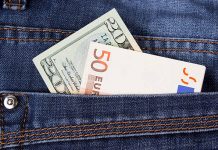
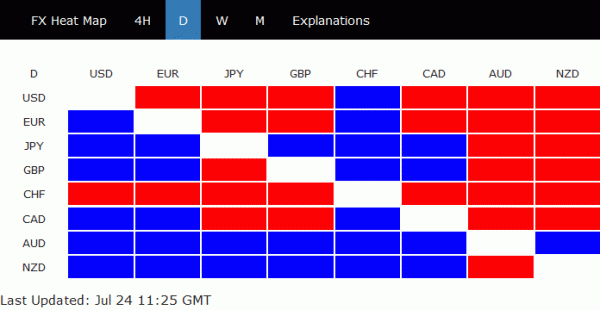
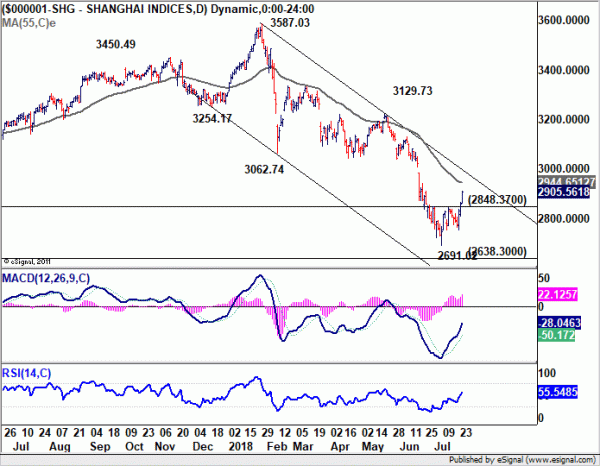
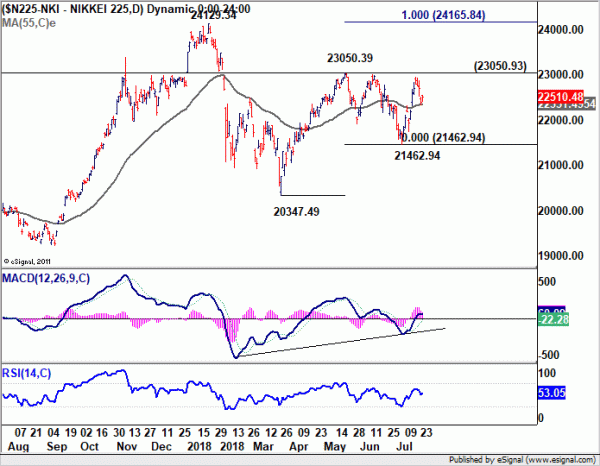
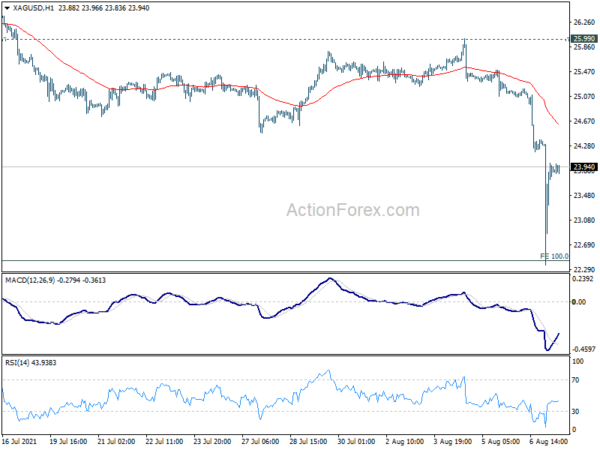
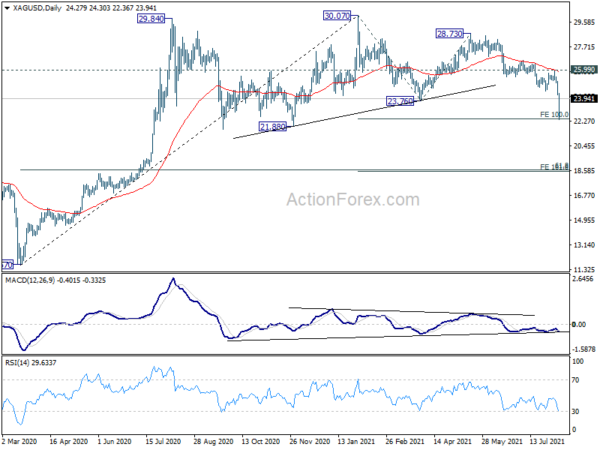
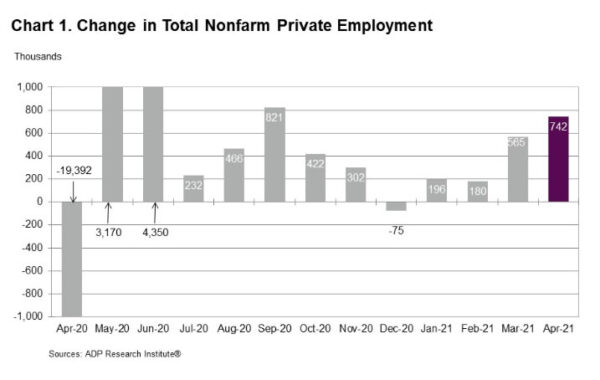
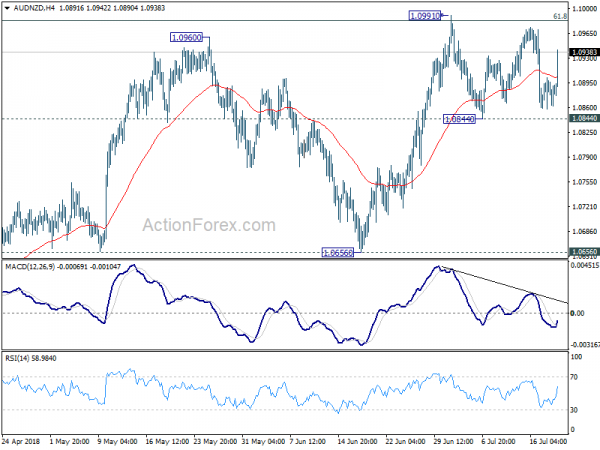
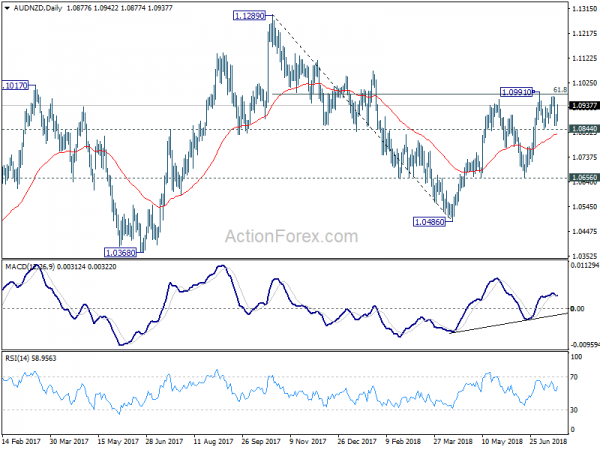
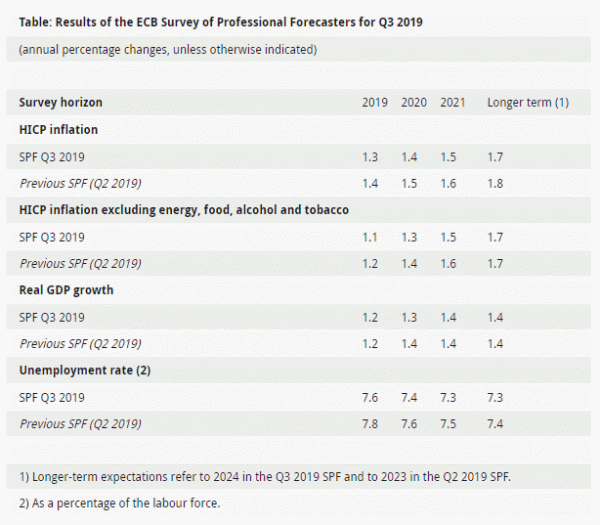
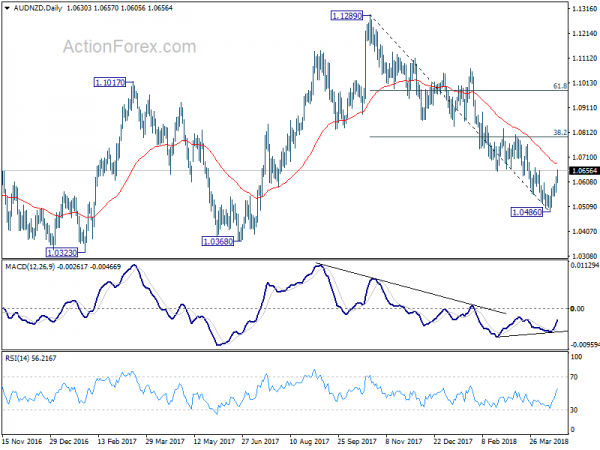
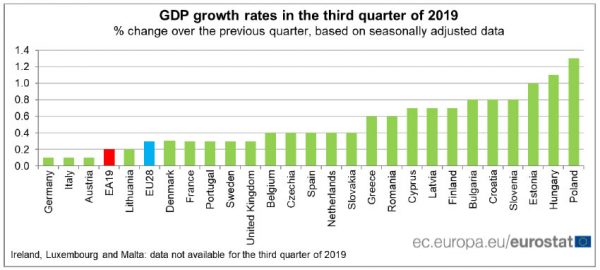
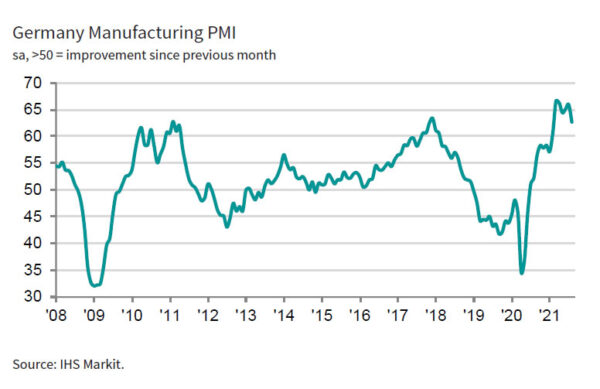

Germany ZEW economic sentiment dropped to 79.8, current situation surged to -9.1
Germany ZEW economic sentiment dropped from 84.4 to 79.8 in June, below expectation of 85.3. Current situation index improved from -40.1 to -9.1, well above expectation of -28.0. Eurozone ZEW economic sentiment dropped from 84.0 to 81.3, below expectation of 85.5. Eurozone current situation rose 27.0 pts to -24.4.
“The economic recovery is progressing. Although the ZEW Indicator of Economic Sentiment has experienced a drop in June, it remains at a very high level. The decline in expectations is probably largely due to the considerably better assessment of the economic situation, which is now back at pre-crisis levels. The financial market experts therefore continue to expect a strong economic recovery for the next six months,” comments ZEW President Professor Achim Wambach on current expectations.
Full release here.